leafless back-bulbs -questions
littlem_2007
16 years ago
Related Stories
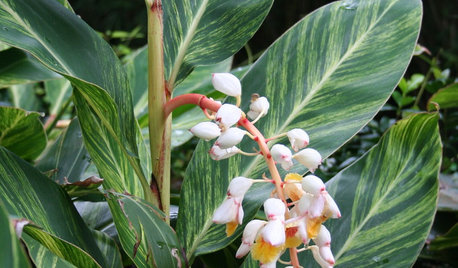
GARDENING GUIDES7 Tropical Bulbs for a Summer Garden That Wows
Try these stunners in summer's powerful heat for garden thrills with an exotic flair
Full Story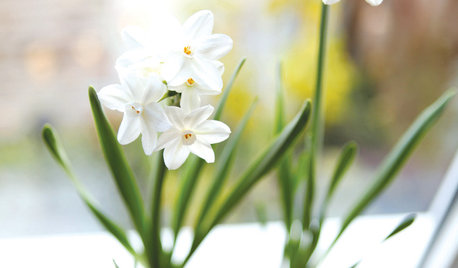
DIY PROJECTSHoliday DIY: Mason Jar Forced Bulbs and Evergreen Gift Tags
Learn how to make these winter projects from the book ‘Garden Made’ by Stephanie Rose
Full Story
GREEN DECORATING8 Questions to Help You See Through Green Hype
With the ecofriendly bandwagon picking up some dubious passengers, here's how to tell truly green products and services from the imposters
Full Story
LIGHTING5 Questions to Ask for the Best Room Lighting
Get your overhead, task and accent lighting right for decorative beauty, less eyestrain and a focus exactly where you want
Full Story
WORKING WITH PROS12 Questions Your Interior Designer Should Ask You
The best decorators aren’t dictators — and they’re not mind readers either. To understand your tastes, they need this essential info
Full Story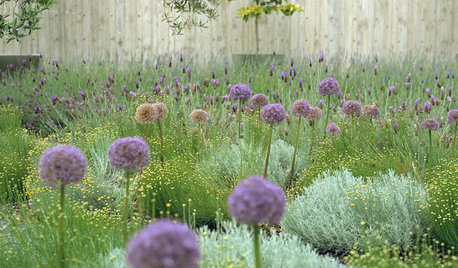
GARDENING GUIDESGreat Design Plant: Ornamental Allium
Lollipop blooms on tall, leafless stems add an architectural element to gardens of all styles
Full Story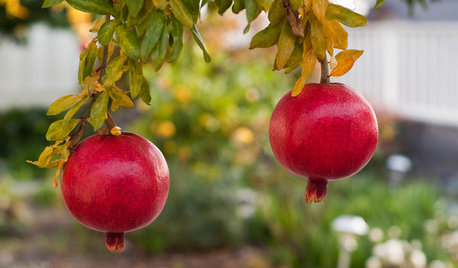
GARDENING GUIDESNorthern California Gardener's October Checklist
It's still a great time to plant flowers, vegetables and even bulbs in California gardens this month, thanks to predictably mild weather
Full Story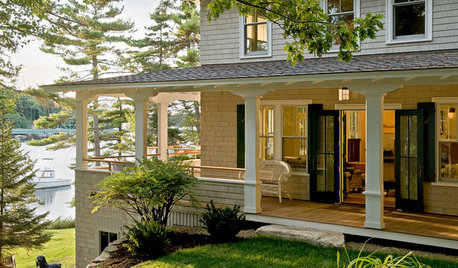
GARDENING AND LANDSCAPING7 Ideas to Get You Back on the Front Porch
Remember the good old days, when porches offered front-row seats to street scenes? They can be even better today
Full Story
SPRING GARDENINGTop 10 Scented Plants for Your Garden
A palette of perfumed plants can transform even the smallest of gardens into a sensory delight
Full Story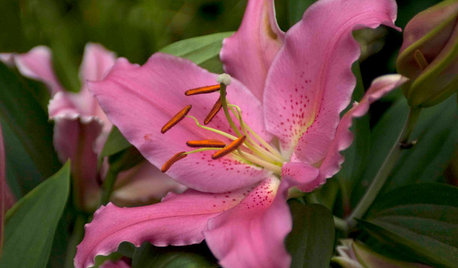
FLOWERSGreat Design Plant: Lilies
Try these delightfully exotic stunners for paintbox colors, deep fragrance and intricately detailed petals
Full Story





claritamaria
mehitabel
Related Discussions
hard bulb science to back up conventional bulb wisdom?
Q
Hail Damage - broken tips on tomatoes, leafless peppers
Q
Prune off leafless tips from Meyer lemon?
Q
Leafless Ficus Alii
Q
richardol
littlem_2007Original Author
claritamaria
littlem_2007Original Author
littlem_2007Original Author
claritamaria
littlem_2007Original Author
dave1_wcf_com
littlem_2007Original Author
greenfingernail
jane__ny
richardol
littlem_2007Original Author
highjack
littlem_2007Original Author
pcan-z9
jane__ny
toyo2960
greenfingernail
littlem_2007Original Author
richardol
jane__ny
richardol
jane__ny
orchidflowerchild
jane__ny
highjack
jerry_meola
jane__ny